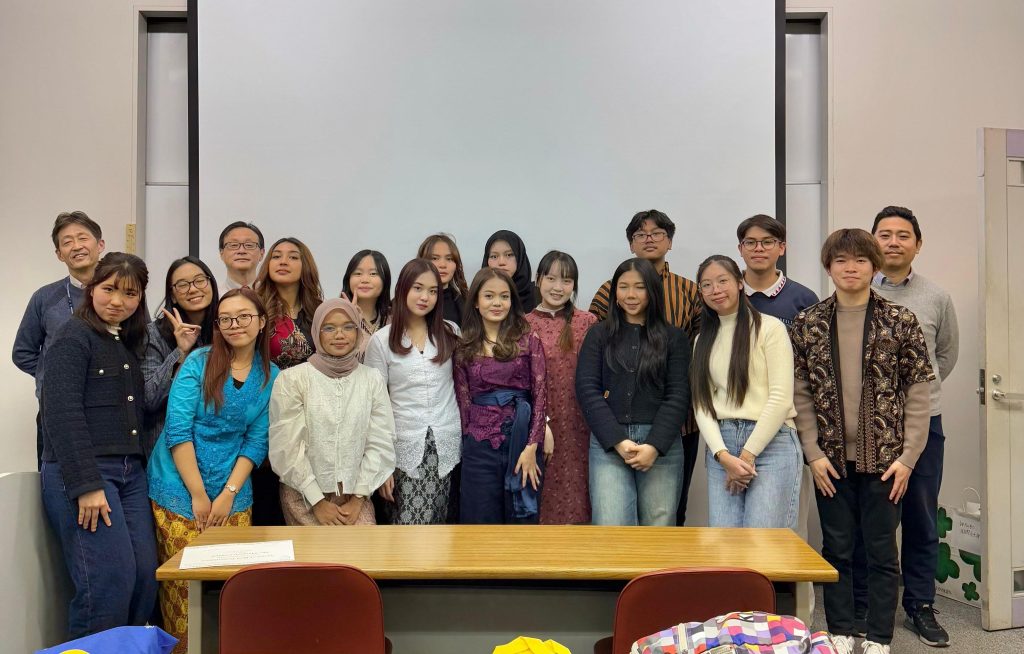The Great Hanshin-Awaji Earthquake in 1995 marked a turning point for Kobe City, transforming it into a center for expertise in safety management, particularly in disaster prevention and mitigation. Over the years, Kobe has become a hub for national and international organizations, institutions, researchers, and academics seeking to learn from the advanced safety management systems developed in response to the disaster.
As part of the Asian Cooperative Program (ACP), Kansai University of International Studies (KUISs) in Kobe, Japan, hosted an activity titled “The Japanese Safety Management and Japanese Culture.” This program ran from February 6 to 17, 2025, bringing together students from various ACP member universities, including Bramertha Salsabella Roseli (Mertha), a student from the Department of Architecture and Planning. The initiative aligns with several Sustainable Development Goals (SDGs), such as quality education (SDG 4), innovation in infrastructure (SDG 9), and fostering global partnerships (SDG 17).
Participants were guided by distinguished academics, including Dr. Aiko Sakurai, Dr. Mizan B F. Bisri, and Dr. Yoshitsubaki. They gained invaluable hands-on experience in understanding Kobe’s disaster mitigation and safety management systems. The program also served as a benchmark for developing effective disaster management systems based on real-world practices. Moreover, attendees explored the integration of Japanese cultural values into safety management practices, enriching their perspectives. Mertha highlighted that the knowledge and experiences she acquired during the program would be instrumental in adapting effective disaster mitigation strategies for Indonesia, a country equally vulnerable to earthquakes. This aligns with additional SDGs, such as sustainable cities and communities (SDG 11), climate action (SDG 13), and promoting peace, justice, and strong institutions (SDG 16).
With its emphasis on innovative education and experiential learning, the program is expected to deliver lasting benefits to its participants while strengthening international collaboration in the pursuit of a safer and more sustainable future.

